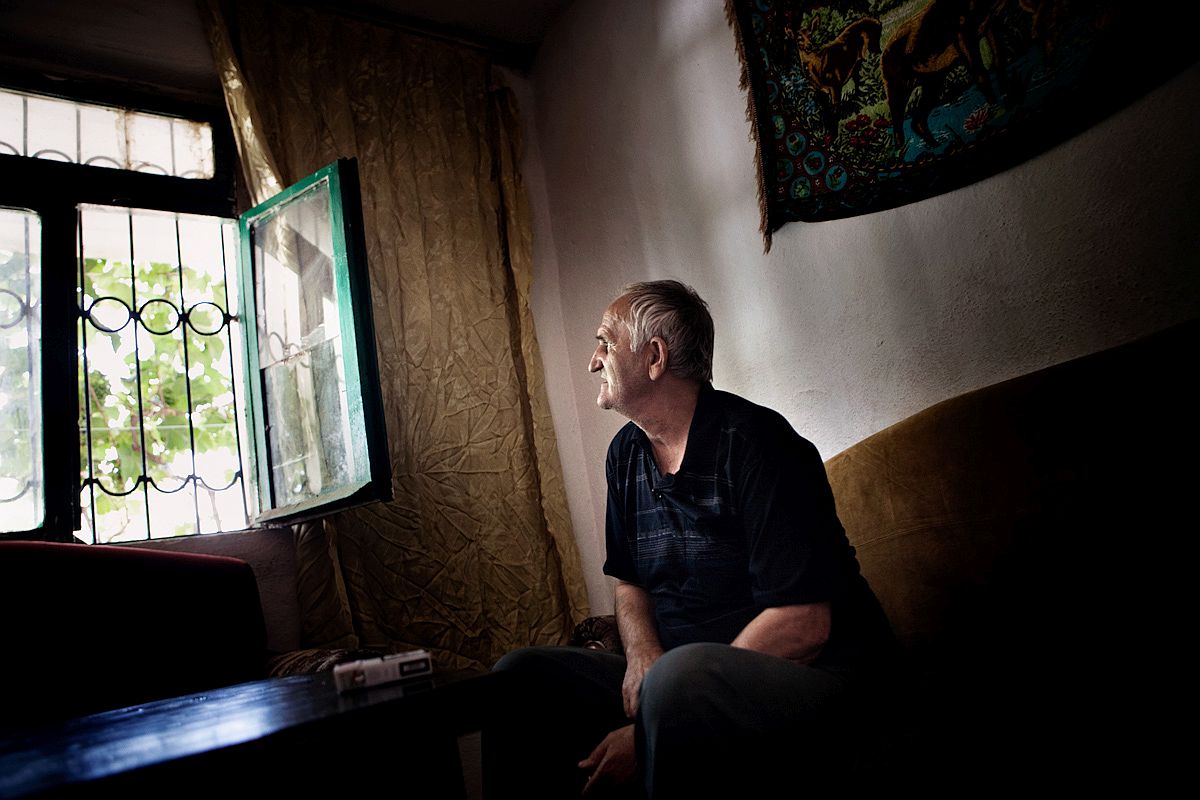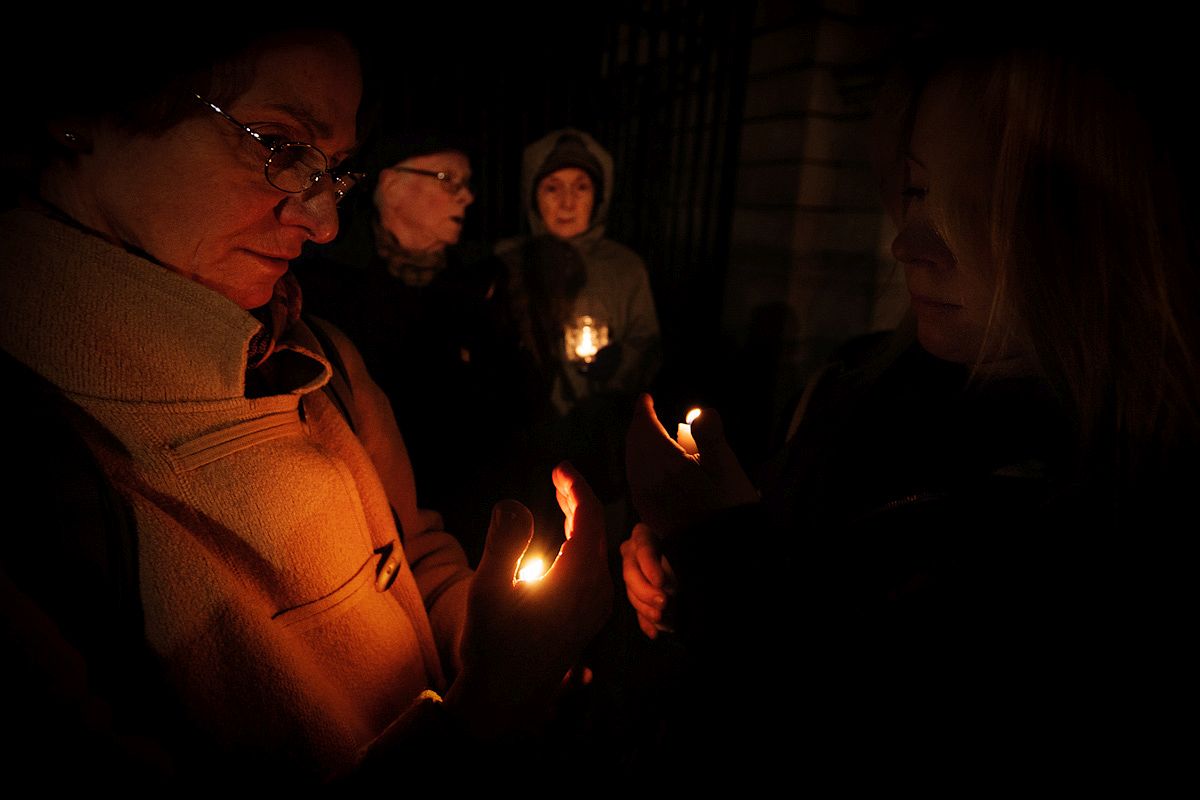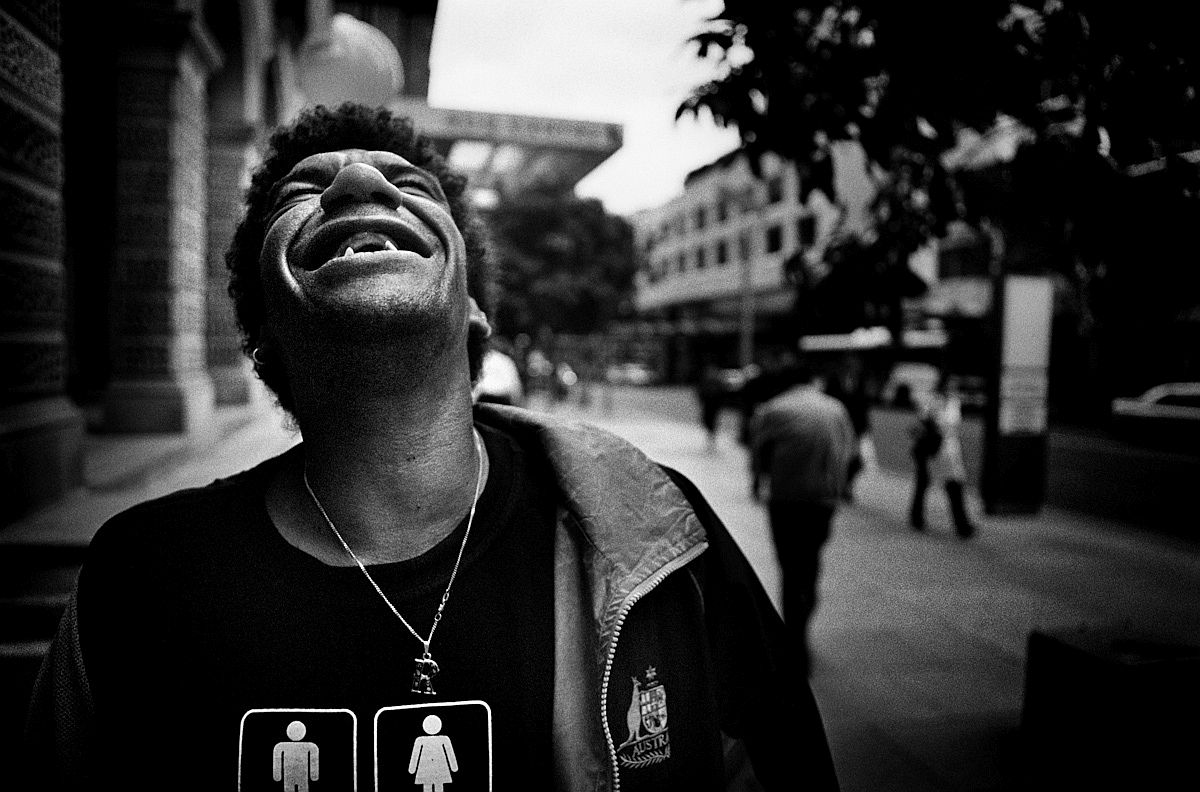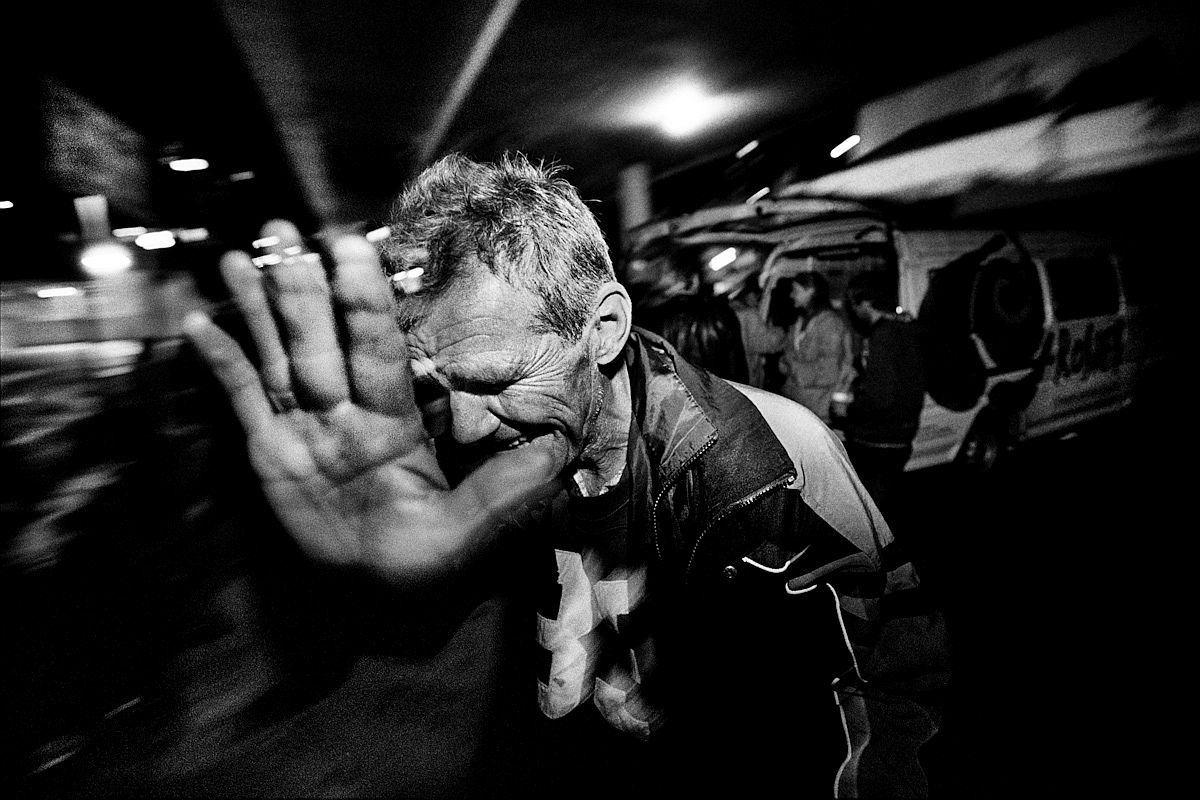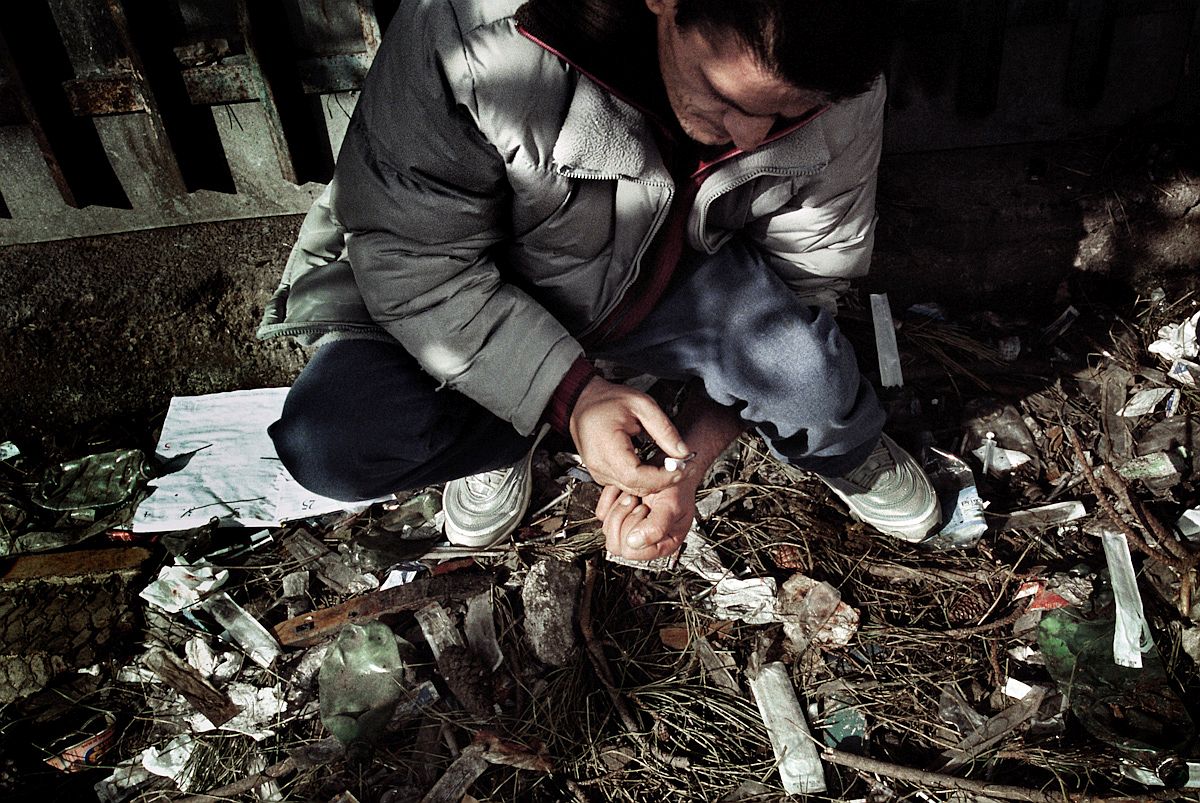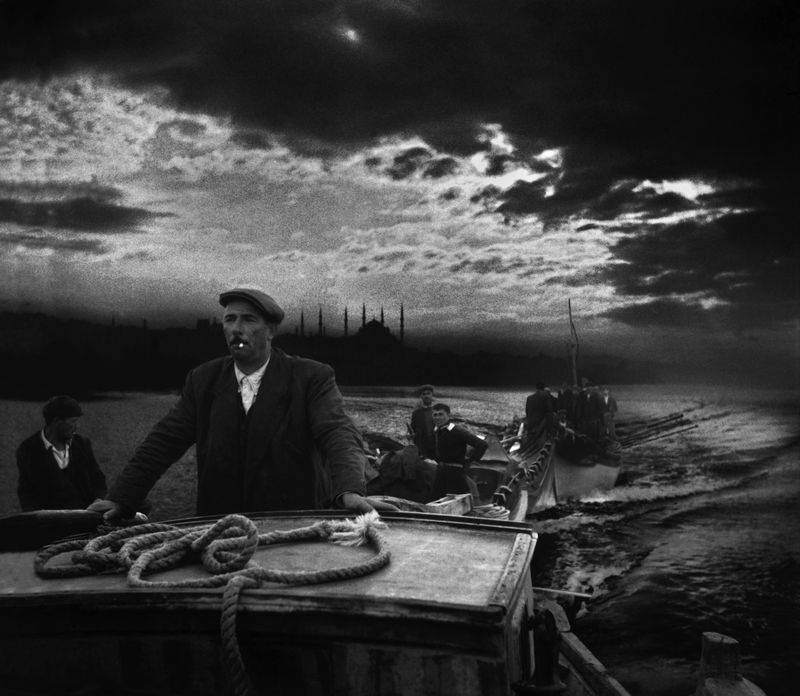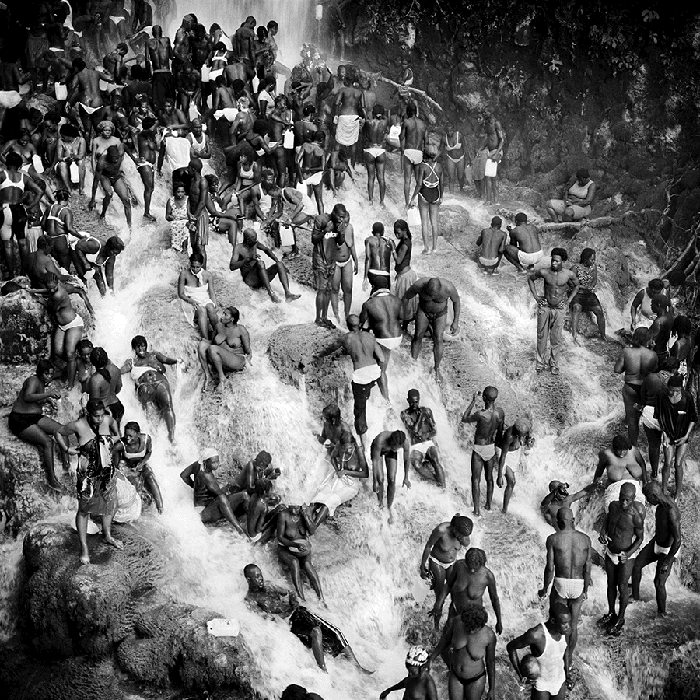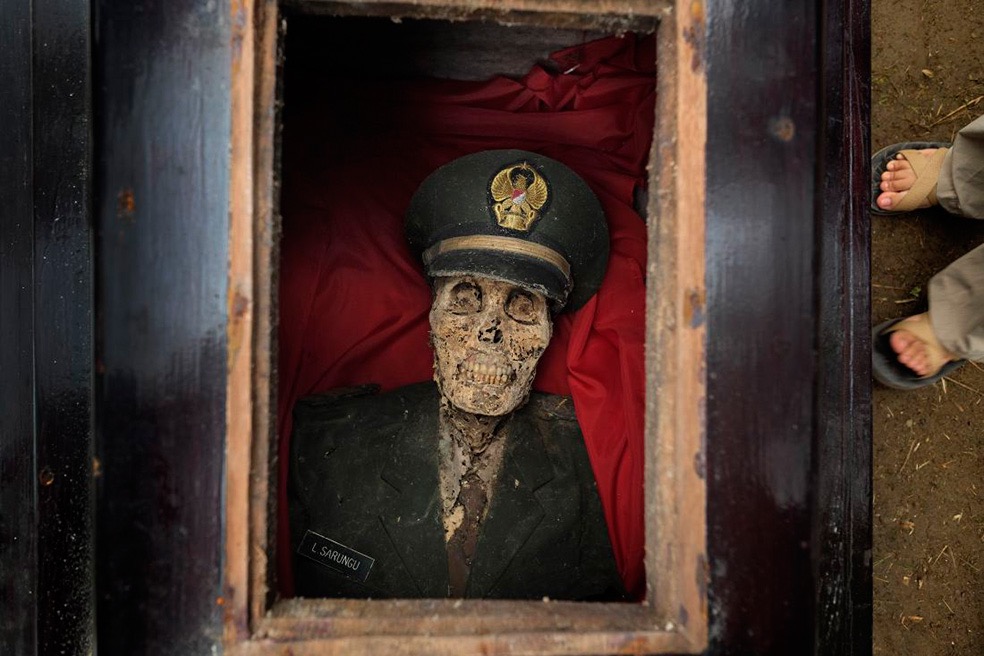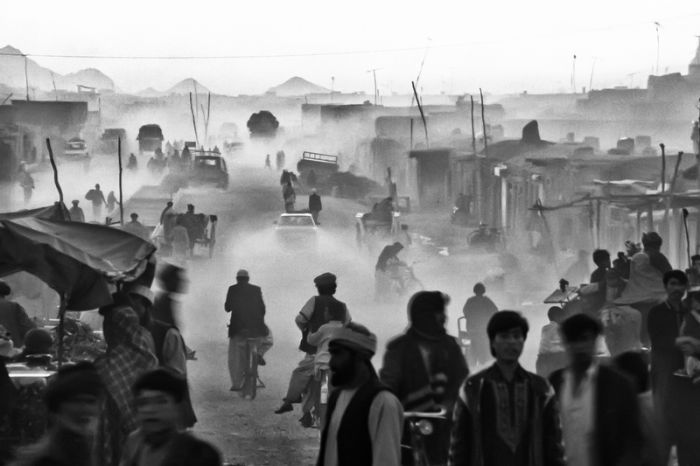How did you get into photography?
I got the inspiration at secondary school, everyday I went into my class and got snaps of my classmates for fun,day by day I improve my view because i really liked to collect memories and tell stories.
Where do you get your creative inspiration from?
When I was teenager, I was very curios so I spent a lot of time watching documentaries and magazines. Growing up I have been more in focus about social justice and conflict projects
Which photographer(s) has been the greatest influence on you?
James Nachtwey, Horst Faas, Don McCullin, Sebastião Salgado.
What is it like being a photojournalist this days?
To be a photojournalist in this age, means to be responsible. There are some stories that we can not ignore and photojournalists have to spend a lot of time and energy reporting them. It is hard now because the media industry is changing so quickly, but we don’t have to change to way we tell the stories just for the market.
What is your most memorable story in photography?
I don’t have a memorable piece in my portfolio. I love all my projects, someone are more famous then others, but I love all my project and I really love my job.
Which series/project was most challenging for you so far?
All projects are different, they are unique so I can not tell which project will challenge, as they all have their own unique challenge. While standing on the edge of a mass grave in Kosovo, I first realized how critical our work can be. Being there meant sharing the horrors of war and feeling the pain of the survivors. I looked into the eyes of a father searching for the remains of his sons and immediately knew that what I was doing was important – that I had a responsibility to share these images with the world. My career has taken me through many different situations since that time, but the experience has stuck with me and motivated me to do my absolute best to get the stories out there. I don’t think photojournalism can change history, but I do think photojournalists can show people things they might never have known about with a concerned, compassionate and critical eye.
What do you do besides photography?
I spend my life like anyone: having fun with friends and family (when I am at home) taking days off reading books or driving my car on a day journey
What is your favourite photography book?
Inferno: Jamas Nacthwey
What are your future plans with photography?
I am a member of a new collective Capta (capta-images.com). I think it is important work in a good team, just like this you can grow up as photographer, sharing experiences and having support by your team to cover new stories.
Website: www.erikmessori.com
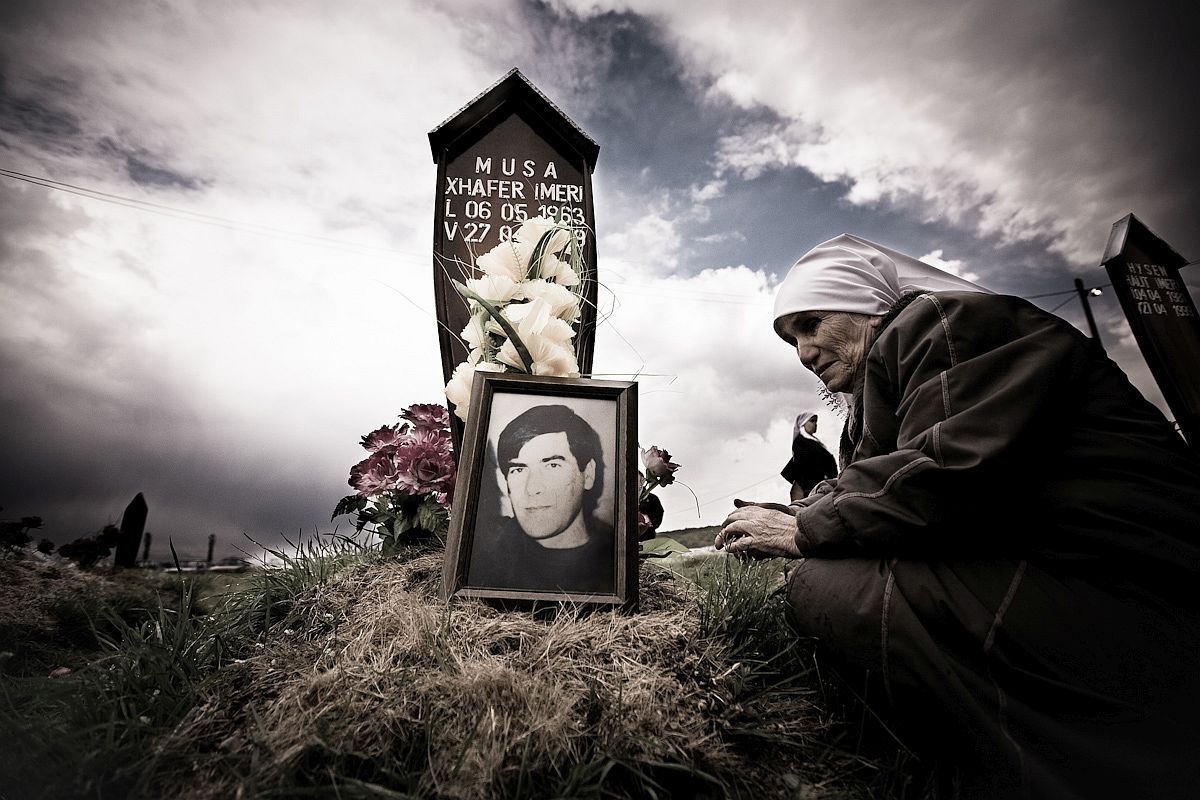
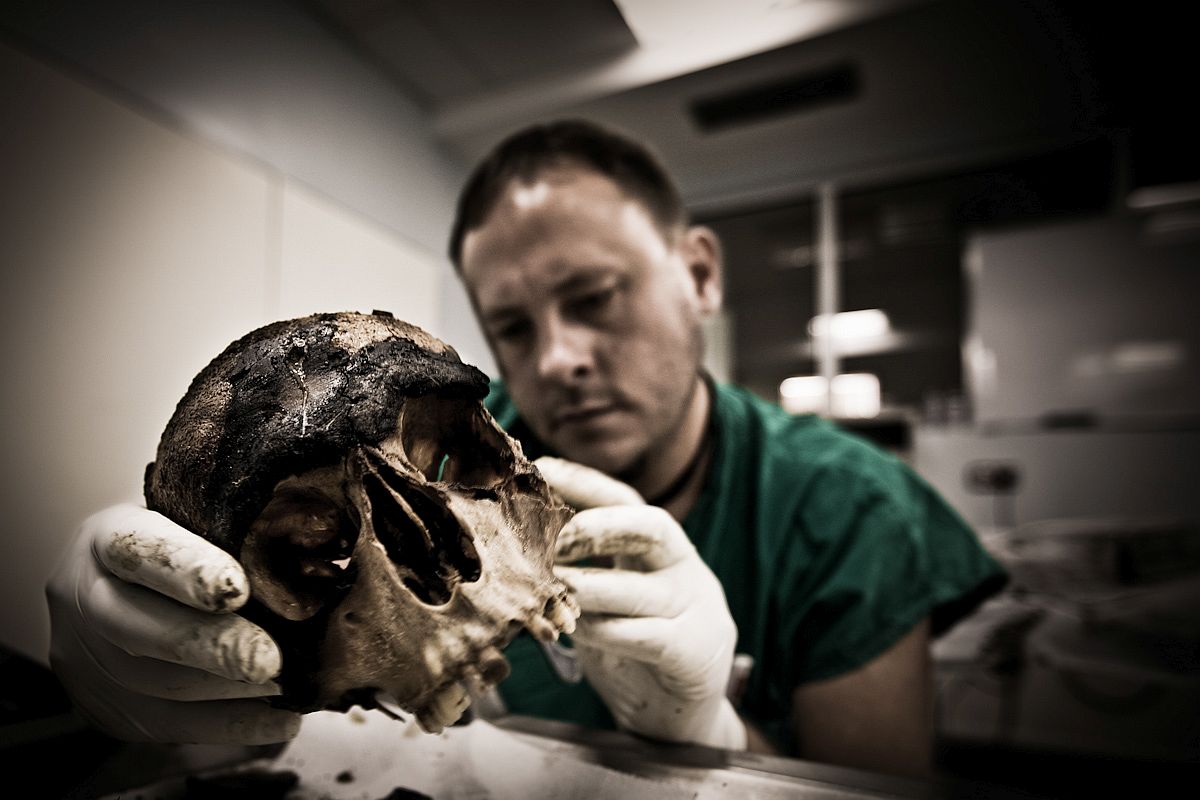
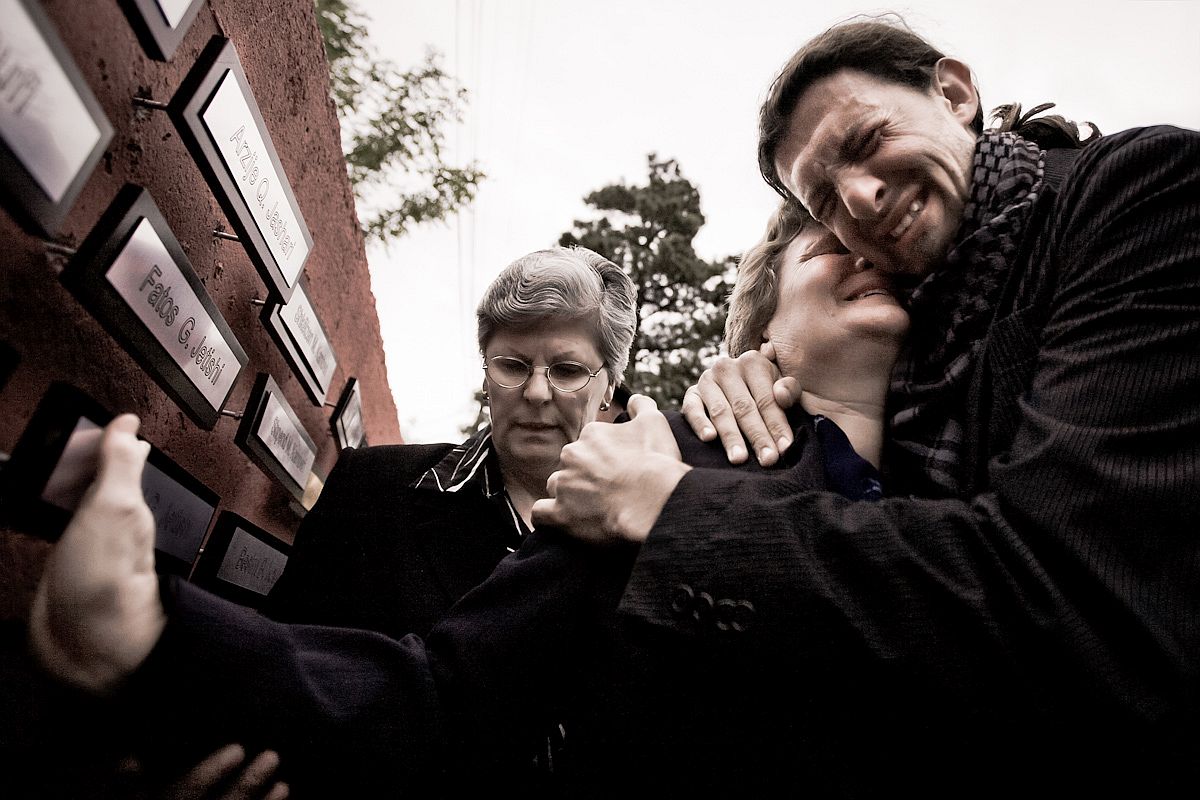
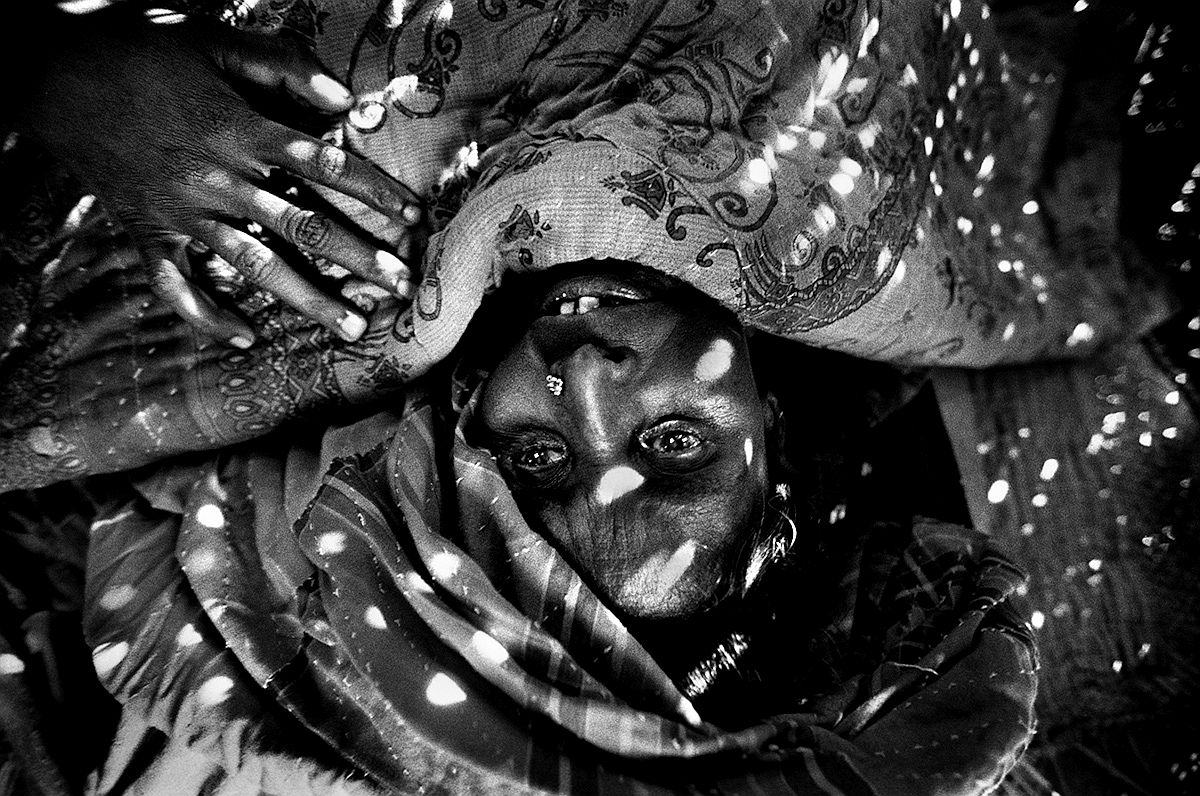
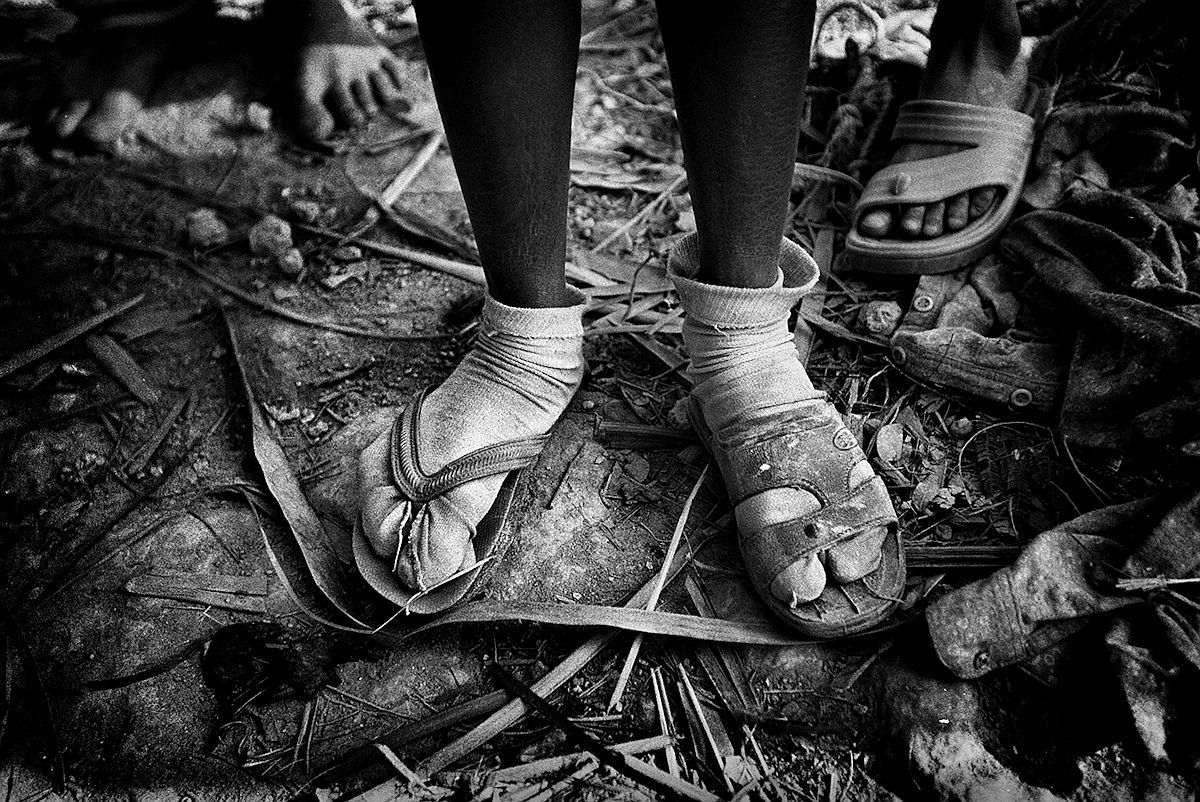
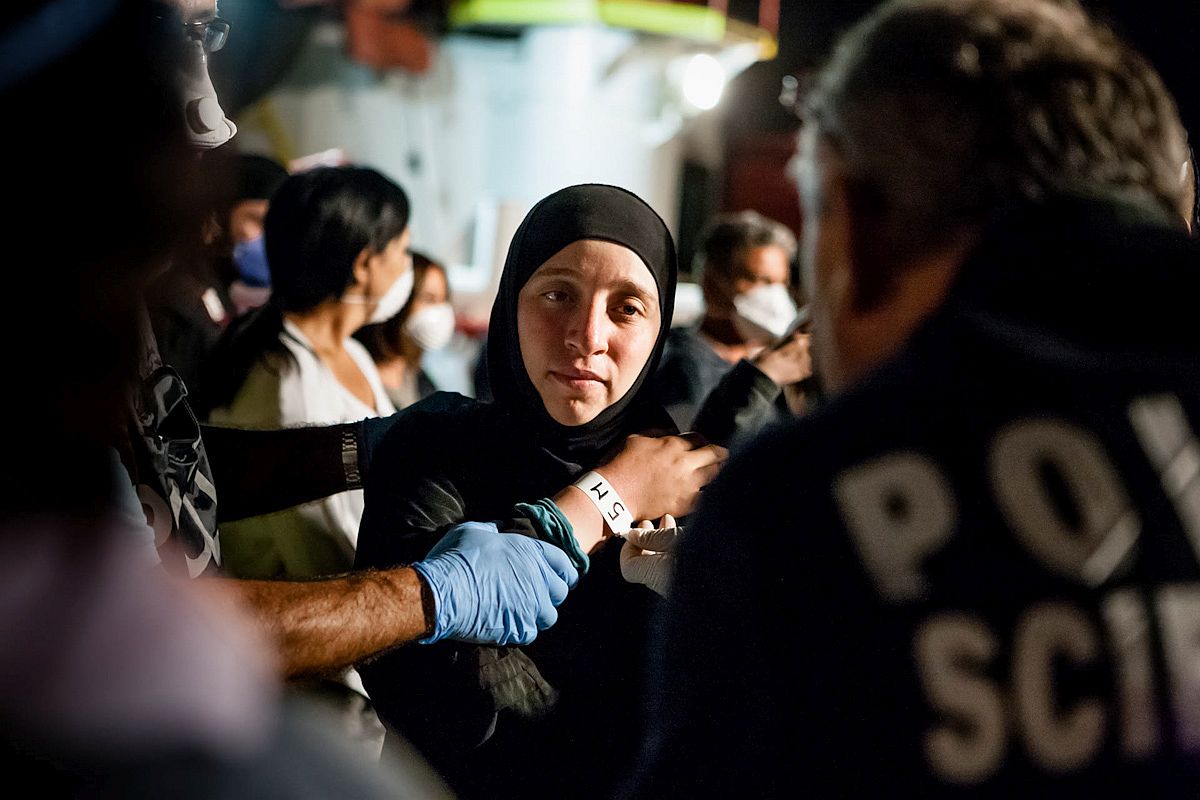
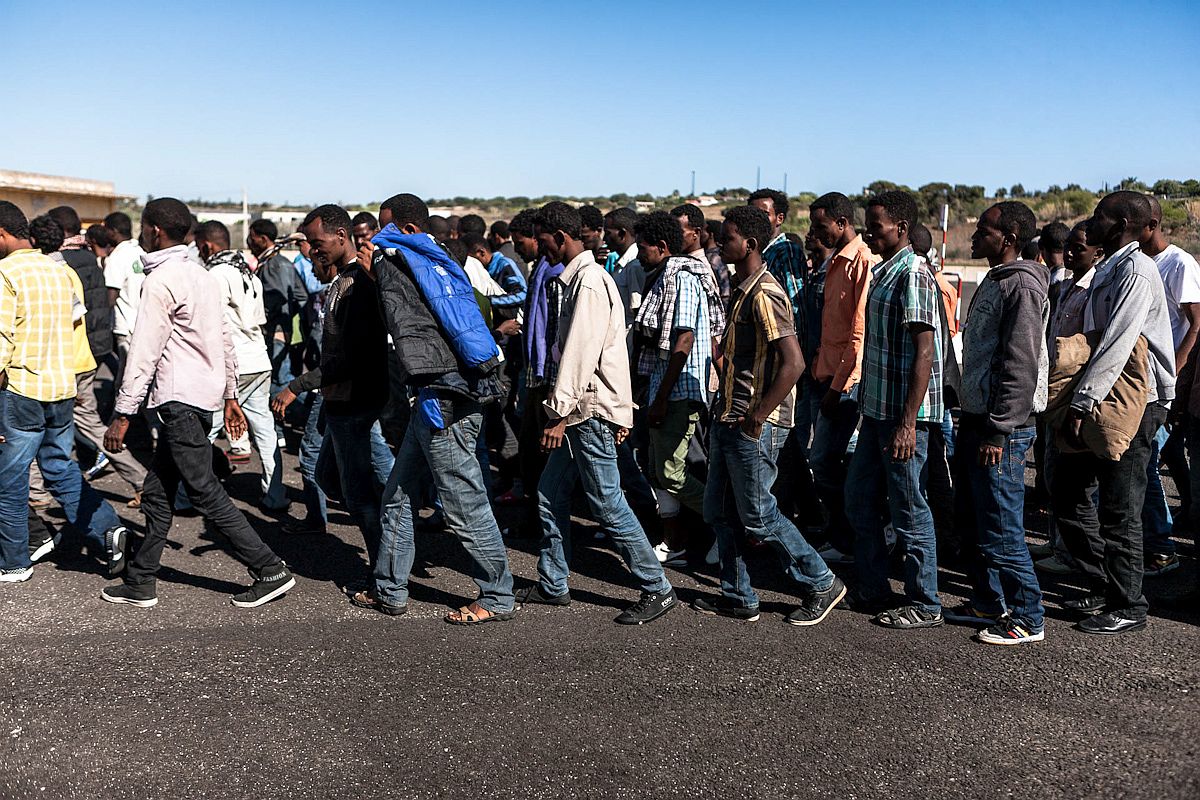
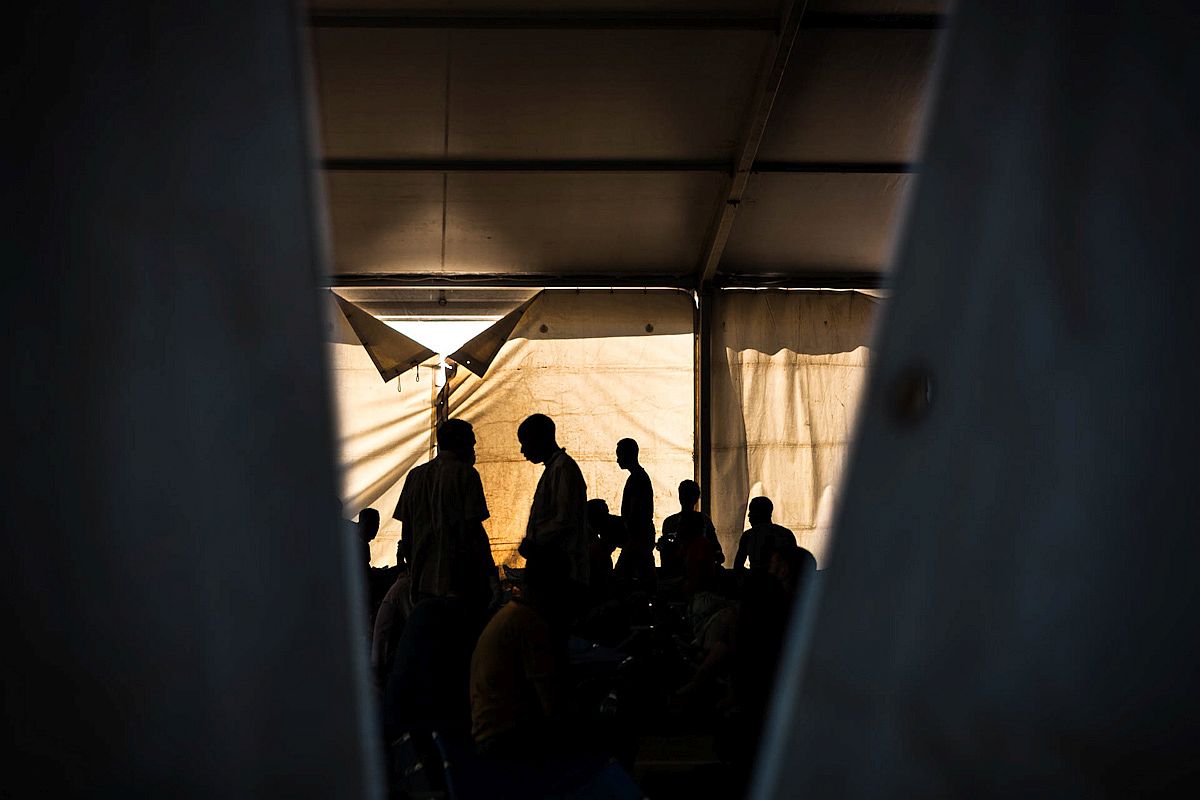
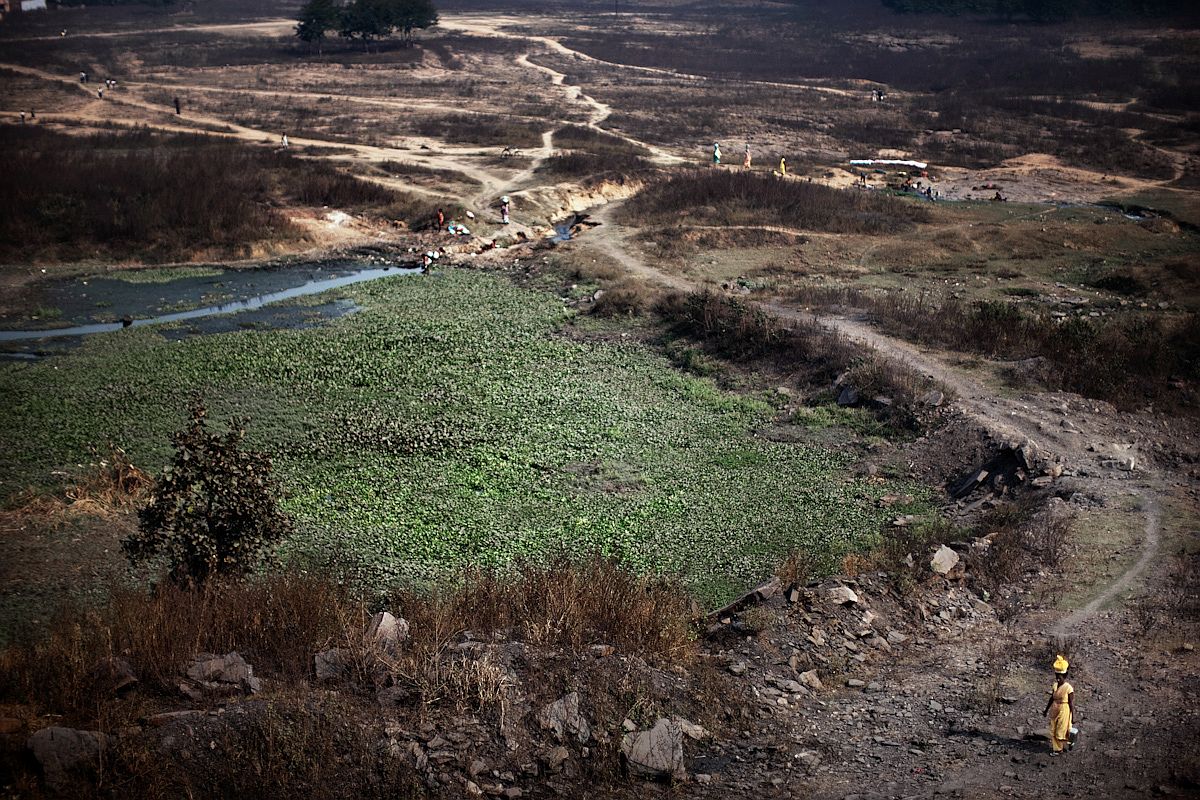
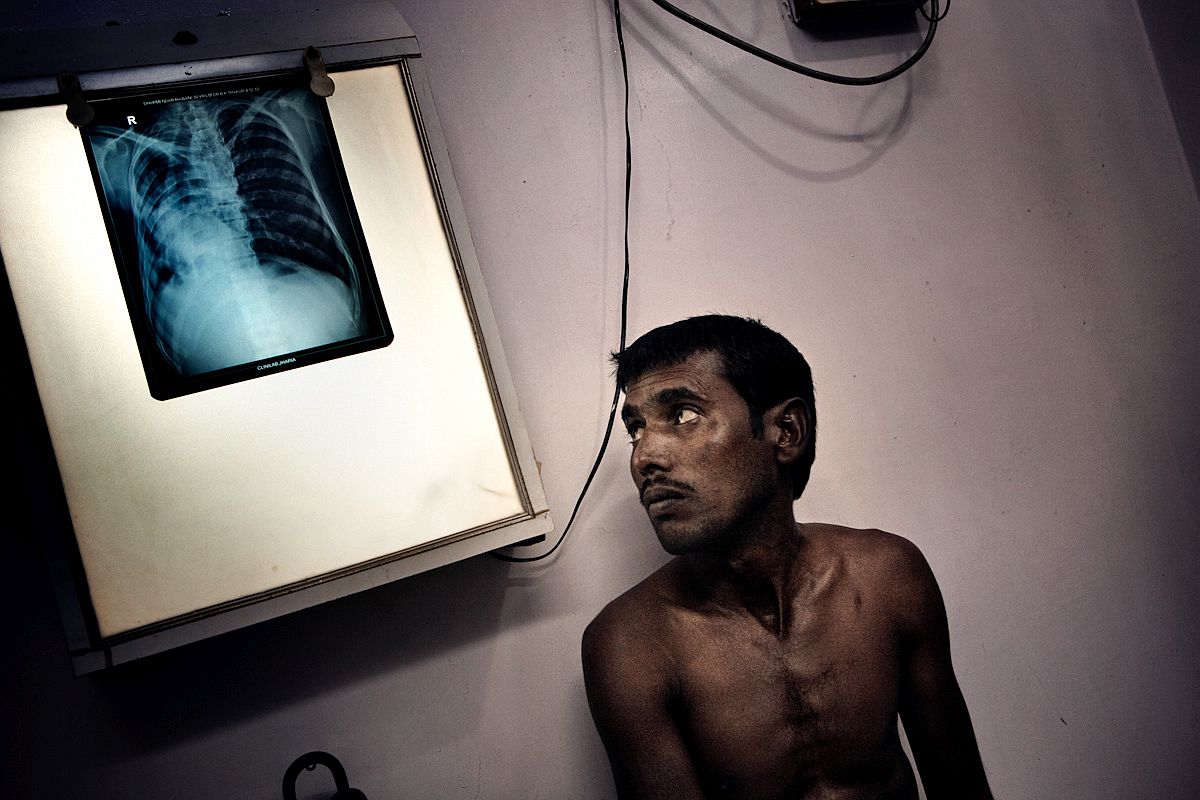
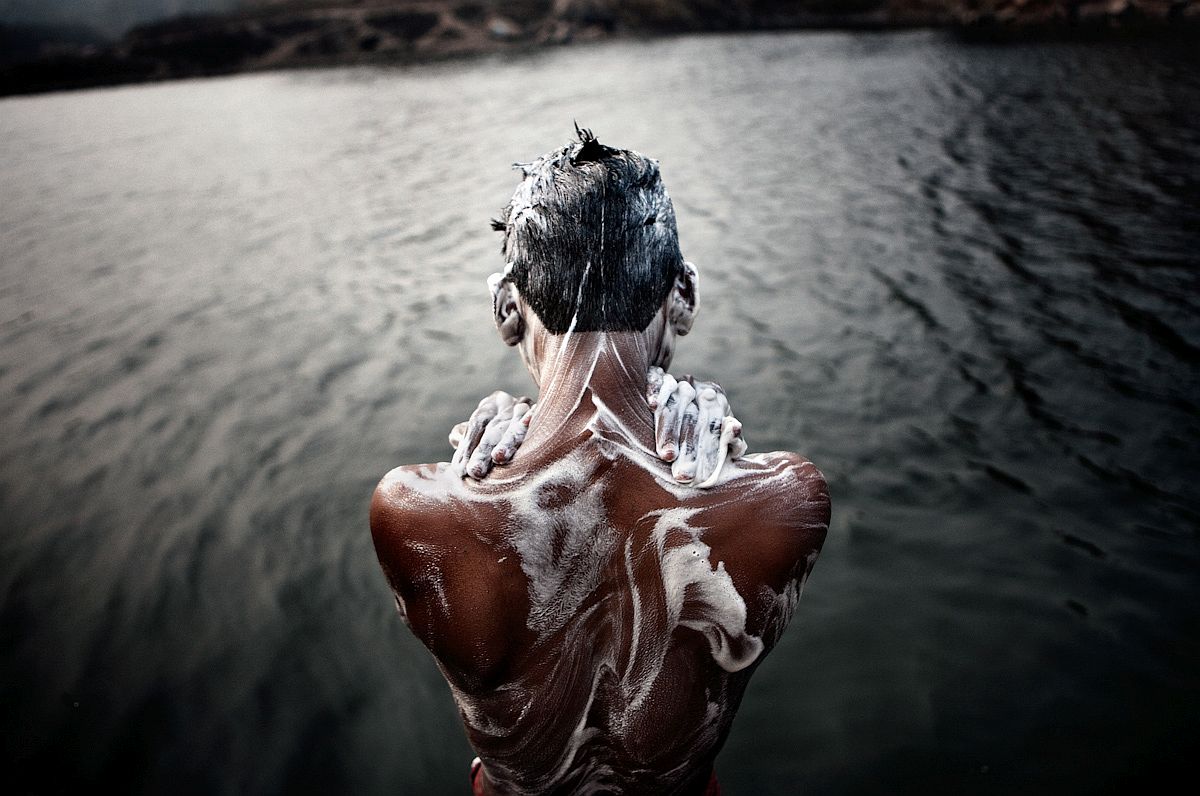

The most terrible technological accident of human history knows: Chernobyl, once an unknown place in the rich land of the Ukraine. Now a single chilling word that still casts a dark shadow of death and contamination. Twenty years after the disaster that struck Europe, the tragedy continues. Many people live in villages close to the nuclear plant in conditions at the edge of human survival. The damage is still very much in evidence. Everywhere, in this area called THE ZONE, there is the burdensome heritage of disaster and everything still remain in total silence. The Chernobyl accident generated unknown victims by effects, it is impossible to know how many people dead for the consequences. The issue of long-term effects of Chernobyl disaster on civilians is controversial. Over 300,000 people were resettled because of the accident; millions lived and continue to live in the contaminated area. On the other hand, most of those affected received relatively low doses of radiation, there is little evidence of increased mortality – cancers or birth defects among them – and, when such evidence is present, existence of a causal link to radioactive contamination is uncertain.
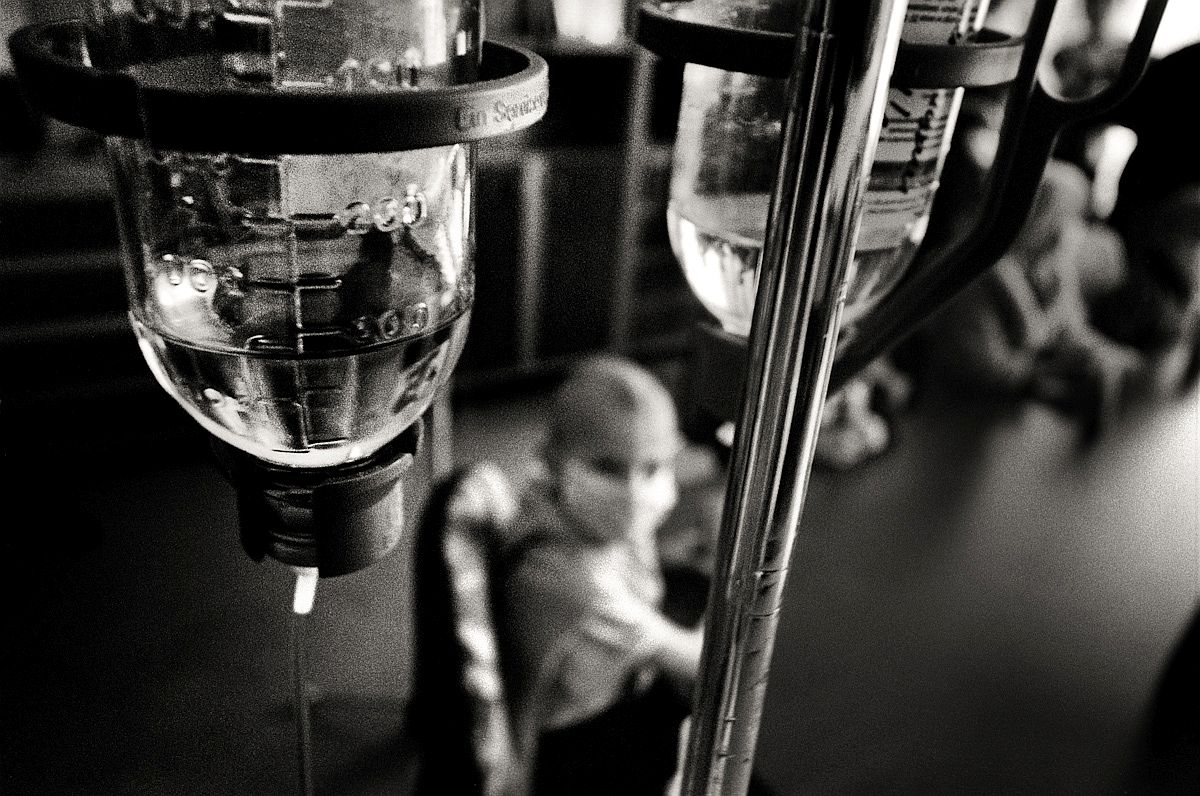
The most terrible technological accident of human history knows: Chernobyl, once an unknown place in the rich land of the Ukraine. Now a single chilling word that still casts a dark shadow of death and contamination. Twenty years after the disaster that struck Europe, the tragedy continues. Many people live in villages close to the nuclear plant in conditions at the edge of human survival. The damage is still very much in evidence. Everywhere, in this area called THE ZONE, there is the burdensome heritage of disaster and everything still remain in total silence. The Chernobyl accident generated unknown victims by effects, it is impossible to know how many people dead for the consequences. The issue of long-term effects of Chernobyl disaster on civilians is controversial. Over 300,000 people were resettled because of the accident; millions lived and continue to live in the contaminated area. On the other hand, most of those affected received relatively low doses of radiation, there is little evidence of increased mortality – cancers or birth defects among them – and, when such evidence is present, existence of a causal link to radioactive contamination is uncertain.

